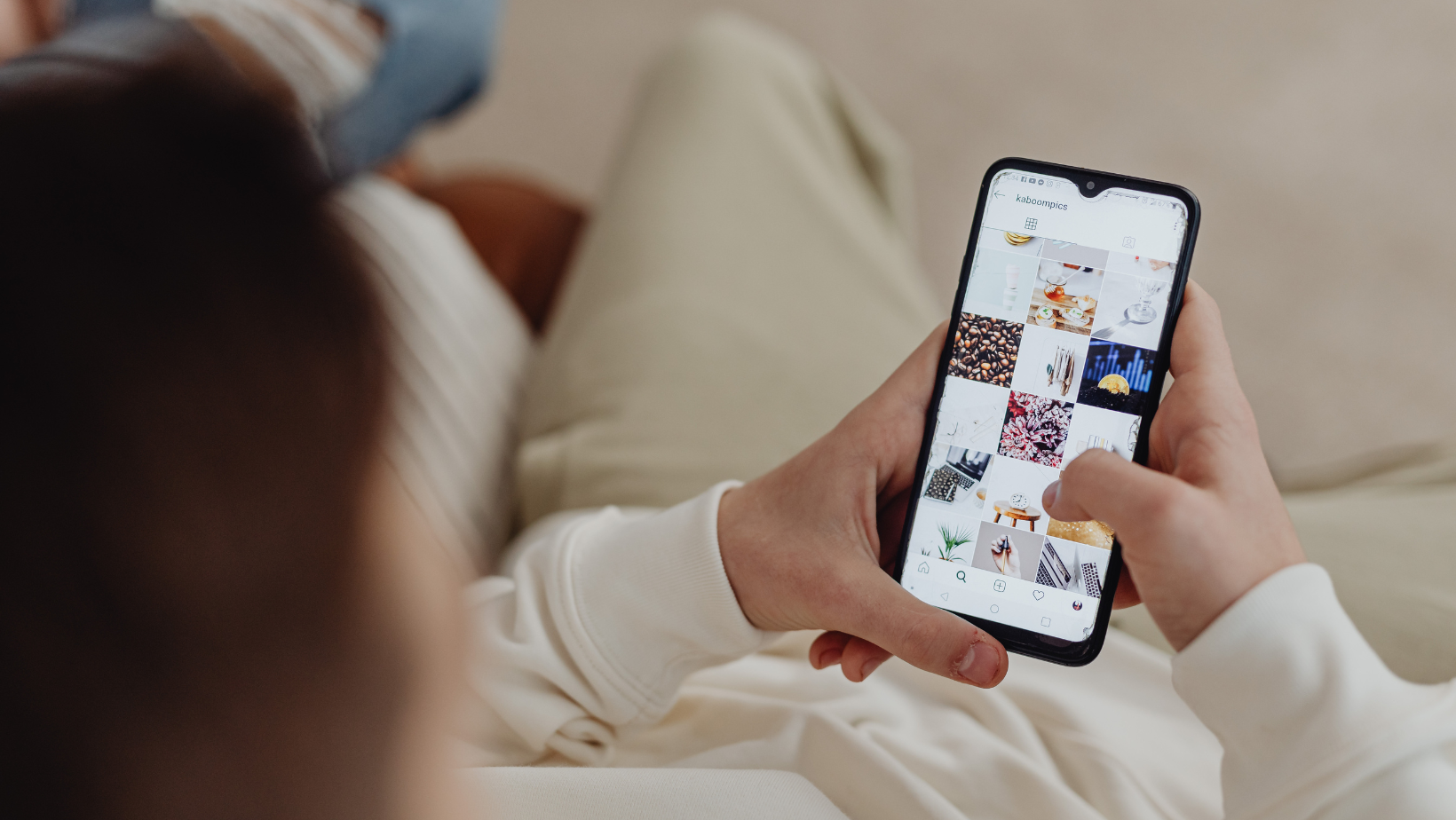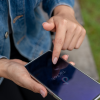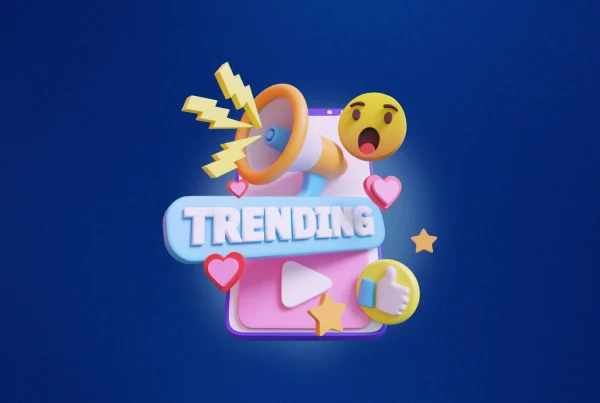
How Do Brands Reach Out to Influencers the Right Way?
In this digital age, influencer marketing has become a mainstay of brand growth. Influencers are usually deemed the most trusted voices on social media among millions of followers since social media continues to capture every moment of our lives.
Indeed, Influencer Marketing Hub’s 2024 Benchmark Report found that 84.8% of marketers testify that influencer marketing helped them achieve their goals.
According to Modash, it has been found that there are over 150,000 Malaysian influencers with up to 500k followers. Even though that’s less than 1% of Malaysia’s population, the amount is still big.
With the changing shift towards a preference for authentic content, brands prefer micro-influencers with 10,000 to 100,000 followers due to their high engagement.
According to Buzz in Content, micro and nanoinfluencers have higher engagement rates with more than 10%, which is less than macro-influencers with only 3 to 4%.
Also, the Linqia survey shows that brands are starting to work more with celebrities and mega influencers. This is because micro-influencer marketing is getting more expensive and saturated.
But nano- and micro-influencers still have an edge. They get higher engagement rates, especially in industries like beauty, where trust and authenticity matter most.
Therefore, collaborating with influencers needs to be done in the most strategic way, as it can make or break your brand.
Here’s how brands can approach influencer:
1. Identify the Right Influencers for Your Brand
First of all, outreach involves finding influencers whose brand values, products, and target audiences are related to yours. It is very important that the content of the influencer sounds in tune with his audience just like your brand’s mission does.
Other factors to pay attention to include not only the size of one’s following but also the engagement rate, style of content creation, and audience demographics. Such tools as BuzzSumo or Upfluence can help brands find a matching influencer.
2. Personalize Your Approach
When reaching out, don’t be generic. Influencers receive so many collaboration emails on a daily basis, and the one-size-fits-all approach most definitely will go into the void.
You need to send a personalized message showing that you have done your research about the influencer.
For instance, show that you notice their content style and pick something that you like the most.
So, instead of approaching like this,
“Hi! We love your content and would love to collaborate. Let us know if you’re interested!”
Try a more specific and thoughtful approach like this,
✅ “Hi [Influencer’s Name], I loved your recent video on [specific topic, e.g., ‘budget-friendly café hopping in KL’]. I noticed that you get a lot of support from your audience. I can see it in the comments!”
This way, it shows you’re paying attention and are genuinely interested in their work.
Mention their work, how much they engage with their followers, and why they would be the perfect fit for your campaign. Authenticity is the keyword here, so take some time to actually build a connection before asking for anything.
3. Offer Value, Not a Product
“What is in for them?” should be the question to ask yourself.
Influencers aren’t just content creators; they are people who do business, too.
Many of them receive a high volume of approaches from brands looking for product placements.
So if you want to stand out, consider what value you can offer to them over and above giving free products away. Keep in mind to be very clear about expectations and outline them.
✅ State clearly on deliverables, timelines, and compensation to avoid miscommunication.
Whether it is a financial one, a long-term partnership, or a co-creation of content, the influencer must feel some value in dealing with your brand.
Keep in mind that they invest time and energy into promoting your product, so the collaboration should be a win-win for both parties.
4. Wait for Influencers to Make the First Move
While brands are usually the ones to make contact, influencers can definitely make the first move. Should influencers reach out to brands? Absolutely!
Many influencers pitch proactively to brands they feel their content really fits. This is especially true with micro-influencers who might not have a PR team on speed dial.
And if an influencer has already developed a relationship in any way with your brand or admired any of your products, don’t be afraid to open the lines of conversation by inviting them to reach out.
Influencers who organically love your brand can bring an authentic voice to your marketing efforts.
5. Focus on Relationship Building, Not Just Transactions
Finally, influencer marketing is not one-off bartering; think of the long run. The more meaningful and ongoing the relationship with an influencer, the more authentic the promotions will be.
Brands working with influencers on a continuous basis are more likely to create loyalty and interest in their products on a sustained basis. Approach the partnership as a collaboration, not a transaction.
What to Avoid?
❌ Choosing Influencers Based Only on Follower Count
- A large following doesn’t always mean real influence.
- Avoid influencers with low engagement or fake followers.
- Instead, focus on those with an active, engaged community.
❌ Sending Generic, Copy-Paste Messages
- Influencers receive countless requests daily.
- Messages like “We love your content! Want to collaborate?” are easily ignored.
- Instead, personalize your approach—mention their past content and why they’re a great fit.
❌ Ignoring Their Preferred Contact Method
- If they state “email only” in their bio, don’t DM them.
- Failing to respect this makes your request seem lazy and unprofessional.
❌ Being Vague About the Collaboration
- Avoid unclear offers like “Let’s collaborate!” without explaining details.
- Clearly outline the expectations: What do you need? What’s the timeline? What’s the compensation?
❌ Assuming Exposure is Enough Compensation
- Many influencers do not work for free products.
- Exposure alone is not payment—offer fair compensation for their time and effort.
❌ Treating Influencers Like Ad Spaces
- Influencers are creators, not just marketing tools.
- Avoid forcing overly scripted content—let them have creative freedom for authentic engagement.
❌ One-Off Transactions Instead of Long-Term Partnerships
- Jumping from one influencer to another reduces credibility.
- A long-term relationship builds trust and leads to better results.
Influencers Want to Connect, If Brands Know How to Reach Them
In other words, how do brands reach out to an influencer? Research, personalization, offering real value, and long-term relationships.
Today, influencers are not just brand ambassadors; they are narrators who connect with their followers in a way ads cannot.
Those brands that understand this and take the pains of nurturing a natural, respectful partnership reap the highest rewards from influencer marketing.













